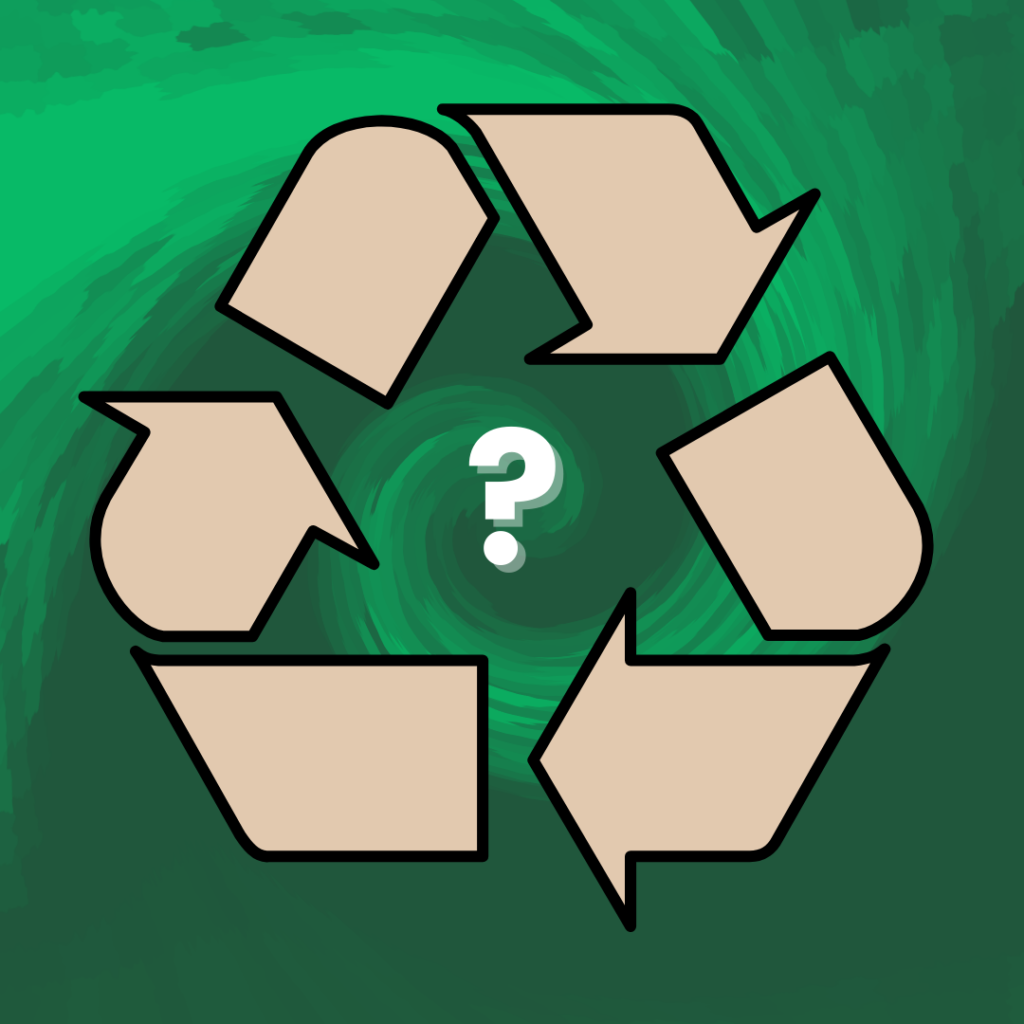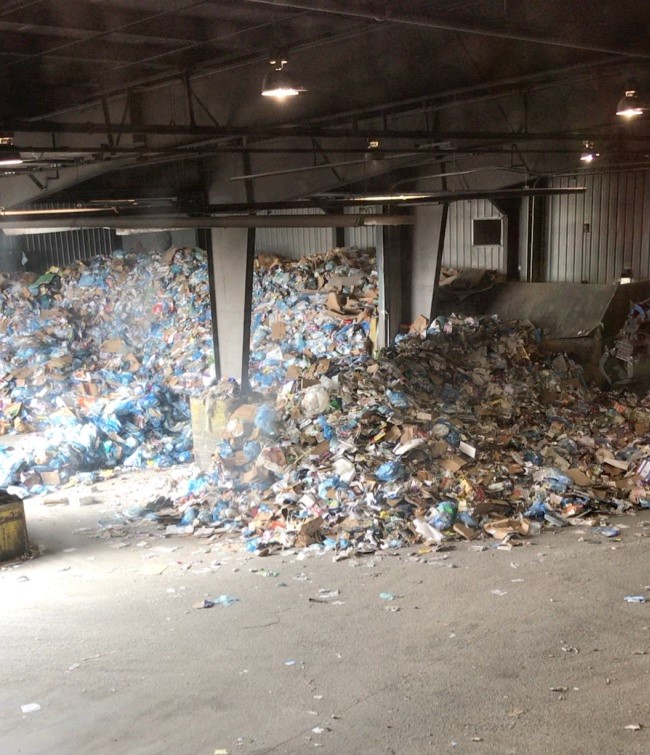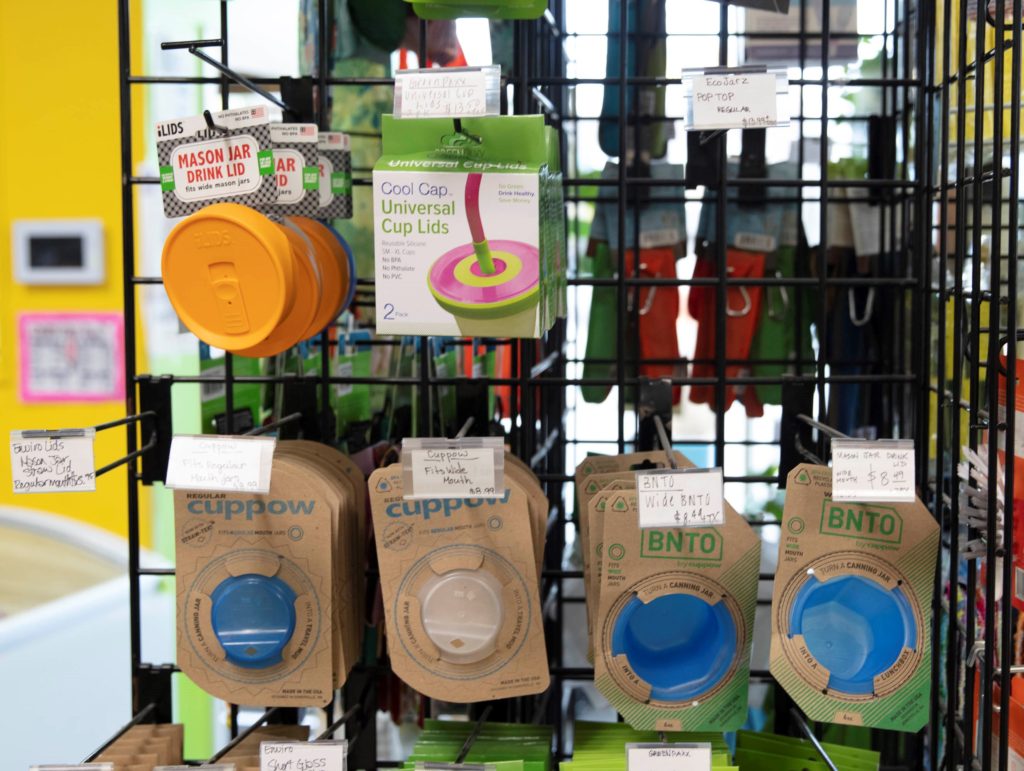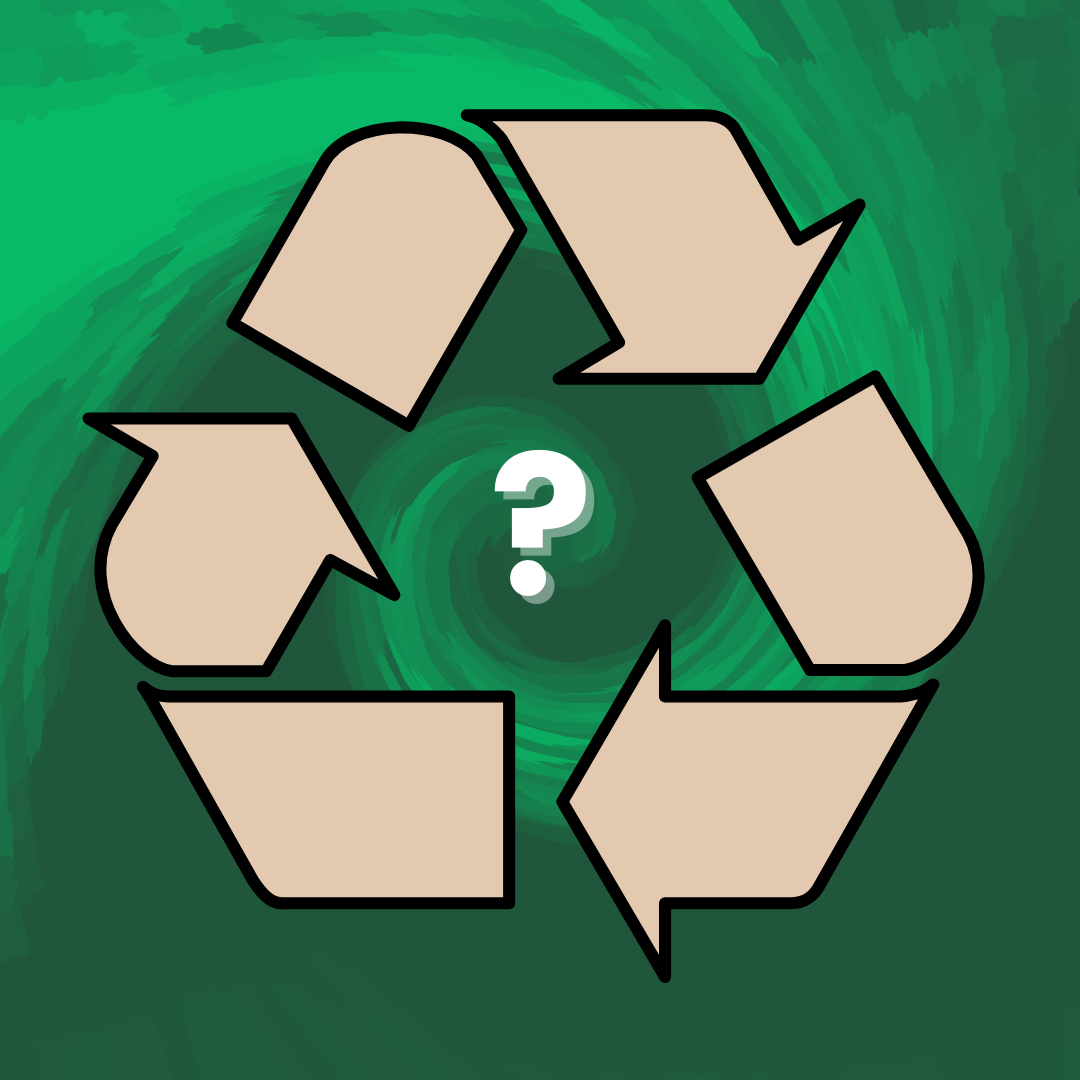I’m sure many of you have noticed the symbols and numbers on the bottom of your plastic bottles and jars. But did you ever think about why those symbols exist, who they benefit, and what they mean?

WHAT ARE THE SYMBOLS FOR?
The numbers indicate what type of resin is used to make that particular plastic, which then corresponds to how the item should be sorted and recycled. This system was created by the Plastics Industry Association in 1988 in part to help plastic recycling companies sort the incoming plastic for resale.
At first glance, it appeared as though the plastic producers were just trying to be helpful, categorizing the type of plastic for future users and making it easier to recycle these items. This is the “great plastic lie”.
These symbols trick consumers into thinking that not only are these goods possible to recycle, that they are actually being recycled. The “chasing arrows” around the numbers traditionally signal “recycle”. These arrows have since been changed to a solid triangle, but the “plastics industry has a vested interest in maintaining this myth.”
And there is a distinct lack of accessible education for individual consumers to make good decisions when shopping. Or when sorting their numbered plastic items for recycling. And unfortunately that often leads to “wishcycling”. Wishcycling is defined as “aspirational recycling”, and happens when a consumer puts a non-recyclable item in their recycle bin not because they know it is recyclable, but because they wish it was. One errant item can contaminate an entire bag or bin.
The misdirection of the symbols combined with the lack of comprehensive education around plastic recycling leads many people to believe they can keep buying plastic because it is being recycled, when in fact it isn’t. They put the burden on downstream individuals and organizations to properly sort and recycle all the plastic being produced. And there is little to no obligation placed on the producers to curb their plastic production or provide funds and infrastructure for recycling initiatives.
CONSEQUENCES
Recycling is labour and resource intensive. It costs money and it’s a lot of work. The Edmonton curbside pickup is a single stream system, where everything goes in the same bag and it’s left to the sorters at the facility to figure it out. And in Edmonton that means sorting it by hand.
These workers are already on the lookout for those “wishcycled” items. Add to that the complicated resin system, and the fact that most plastic is not easily recycled, it’s no wonder that less than 10% of all the plastic ever made has been recycled.
Not only is the cost to deal with these products downloaded to residents (through taxes for example) to pay for increased sorting, we also have to deal with the waste in our communities. And environmental racism means this burden does not fall equally among individuals and neighbourhoods. We see these effects across Canada, with landfills often placed in or near Indigenous or predominantly Black communities.

TAKE ACTION
But there are ways that individuals and communities can take back control from the plastic producers, and make a difference in the lives of their neighbours.
LOW EFFORT
If you have the resources to do so, buy alternatives to your favourite products that come in glass, metal, or cardboard packaging instead of plastic.
Read up on local and national efforts to curb the use and production of plastics. Canada is banning many single use plastics (SUPs) by 2021.
Watch Plastic Wars by the Passionate Eye to learn more about the great plastic lie.
MID EFFORT
Find a list of the types of plastic that your municipality actually accepts for recycling. Edmonton’s list is accessible here, or through the WasteWise app. Bring that with you to the grocery store, and try to avoid items made with plastics that aren’t on your list.
Sort your recyclables at home and take them to a recycling depot in Edmonton instead. The earlier recyclables can be sorted, the cleaner and less opportunity for contamination there will be. Find your nearest recycling depot here.
Reuse the plastic items that aren’t accepted by your municipality for recycling. While avoiding single-use plastics entirely is better, it’s not always feasible. Extend the life of these “single-use” items in creative ways or donate them to those that will.
MOST EFFORT
Learn about extended producer responsibility and write your elected officials to push for it in policy. In short, it holds the manufacturers of products to accountability throughout its entire lifecycle, not leaving customers responsible for the environmental cleanup.
Reach out to your local businesses to ask for more plastic-free options in their packaging.
Start a plastic-free initiative in your workplace or school. Waste Free Edmonton has resources to help you get started!

Recycling symbols on the bottom of plastic containers are misleading to consumers, and ultimately puts the burden on individuals to address the plastic waste entering our world, with no responsibility placed back on the plastic producers – the oil and gas industry – and no incentive for them to stop overproducing new plastic. Recycling is not going to save us, and unfortunately it was never designed to. There are ways that consumers and citizens can help, both in their everyday lives and to move toward more systemic change. “The future of a just and green planet relies on every single person, particularly those with access to resources, to take action that calls for larger societal changes.” (Chante Harris)
RESOURCES
Reduce Your Plastic Consumption by Chante Harris (Anti-Racism Daily)
Understanding Environmental Racism and its Impact on Marginalised Communities by Josephine Platt (Culture Trip)
Wishcycling 101: When Good Intentions Lead to Contamination by Tom Mumford (ReCollect)
How much global plastic is recycled? Our World in Data
Troubling Report on environmental racism in Canada presented to the United Nations Human Rights Council David Suzuki Foundation


